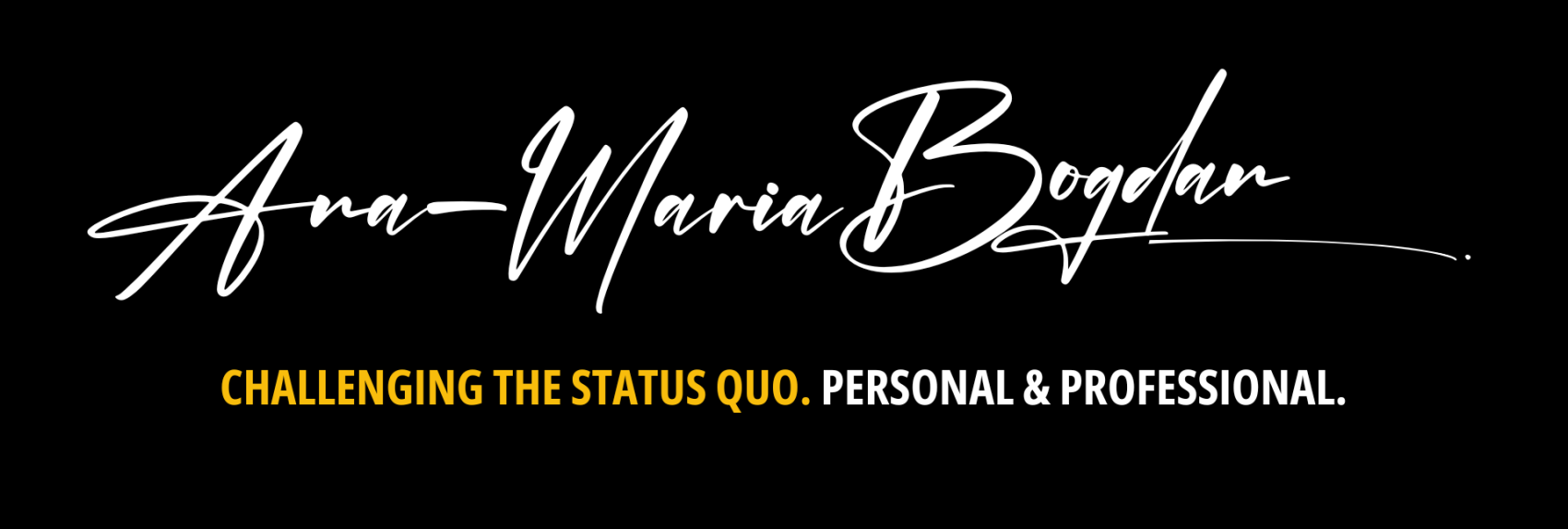“My mojito in the Bodeguita del Medio and my daiquiri in the Floridita.” These are the words left by Hemingway himself on a signed quote still hanging on the wall …
Tag:
“My mojito in the Bodeguita del Medio and my daiquiri in the Floridita.” These are the words left by Hemingway himself on a signed quote still hanging on the wall …


Keywords defining the work I do: CONSULTANCY – #digital, #marketing, #content, #changemangement
HEALING THERAPIES – #alternativetherapy #spirituality #personaldevelopment
HANDMADE JEWELRY
Get to know me better!
@2015-2025 – Ana-Maria Bogdan. All Right Reserved.